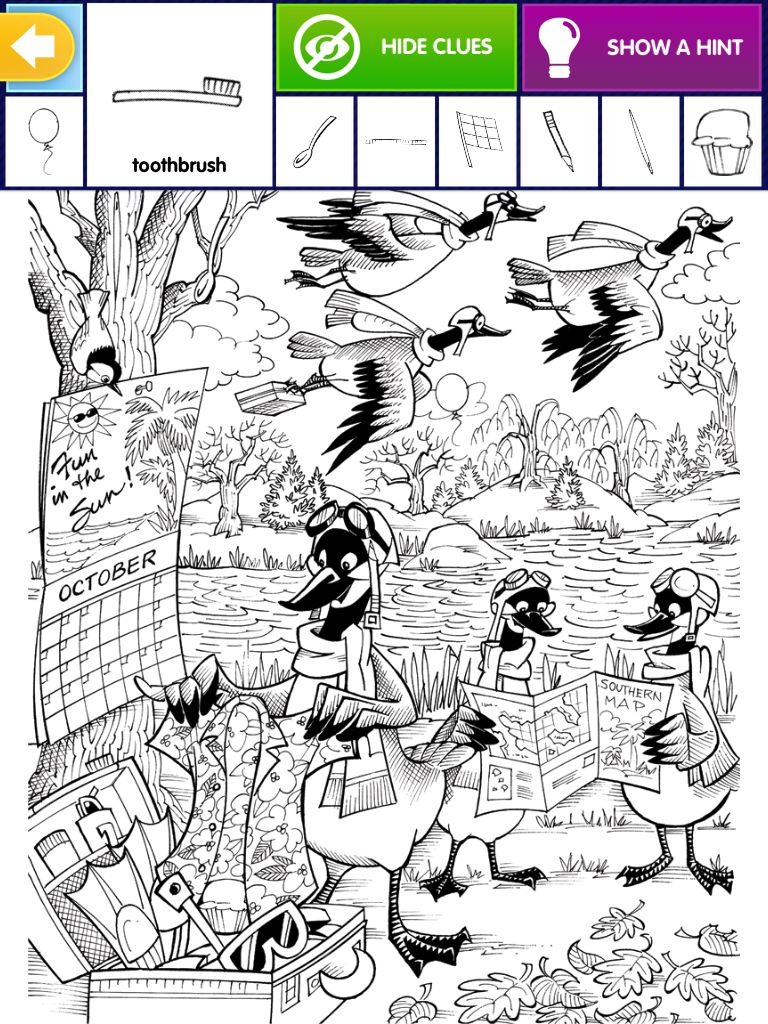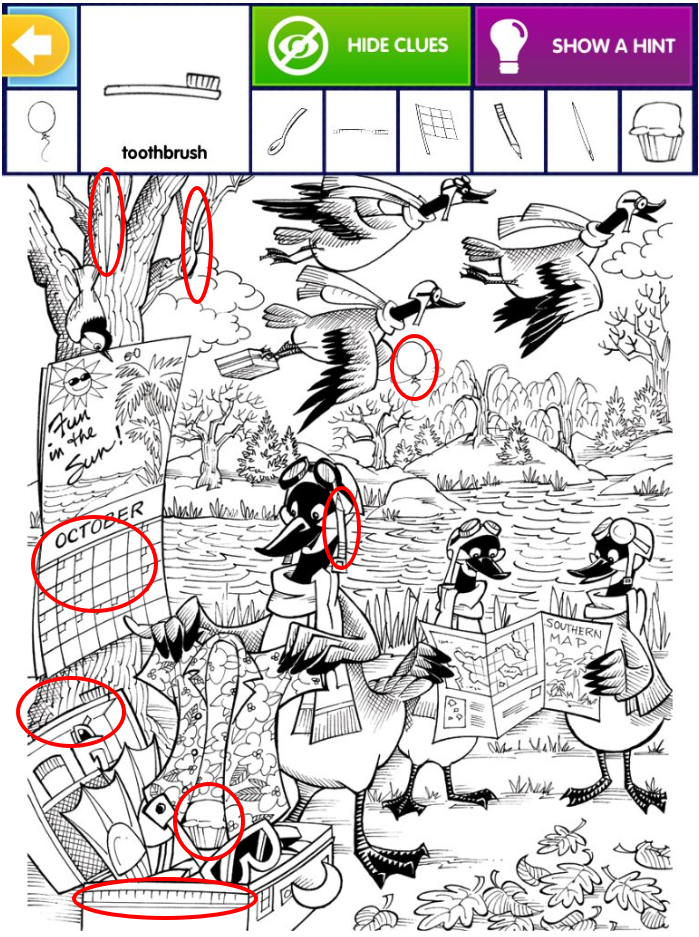The Great Goose Migration: Nature’s Long Journey South with a Playful Twist
When autumn paints the skies with shades of orange and gold, there’s one sound that echoes through the crisp air and makes us look up: the honking of migrating geese. Every year, these incredible birds embark on a journey that is both breathtaking and essential for survival. The whimsical illustration above captures this moment with humor—geese reading maps, packing suitcases, and preparing for what looks like a tropical vacation. But beneath the playful art lies a real story of endurance, teamwork, and instinct.
In this article, we’ll dive deep into the fascinating world of goose migration—why they do it, how they survive, what lessons we can learn from them, and why this natural phenomenon is so much more than birds flying south.

The Beauty of Autumn Migration
There’s something magical about watching geese fly in their iconic V-formation across a crisp October sky. It’s no coincidence the calendar in the illustration shows October—this is the peak season when geese begin their long journey south.
As the days grow shorter and temperatures drop, food becomes scarce in the northern hemisphere. Instinct tells the geese it’s time to move. For them, migration isn’t a choice—it’s survival. They’re heading toward warmer climates, where lakes won’t freeze and fields will still offer grains and grasses.
The playful phrase on the calendar—“Fun in the Sun”—reminds us that while humans dream of tropical vacations, geese are making a life-or-death decision. Their version of “fun” isn’t lounging on the beach; it’s finding safe habitats where they can thrive.
Why Geese Travel Thousands of Miles
Think about it: would you be willing to walk—or in this case, fly—thousands of miles just to find food? For geese, the answer is always yes.
Some species of geese migrate over 2,000 to 3,000 miles in one season. Others travel even farther. The record-holder? The bar-headed goose, which crosses the Himalayas, soaring at altitudes higher than Mount Everest climbers. Talk about determination!
Why go so far? Because geese are highly adapted to seasonal changes. When northern wetlands freeze, they can’t access aquatic plants or insects. Heading south ensures survival for them and their offspring. In a sense, their migration is nature’s ultimate road trip, carefully timed and deeply necessary.

The Iconic V-Formation: A Lesson in Teamwork
One of the most recognizable aspects of goose migration is the V-shaped formation. In the illustration, you can see groups of geese flying gracefully in this pattern. But this is more than just a pretty picture—it’s a marvel of science and strategy.
Flying in formation reduces air resistance. The bird at the front breaks the wind, creating air currents that make it easier for the birds behind to glide. By rotating leaders, geese ensure no single bird gets too tired. Studies show this formation can extend their flight distance by up to 70%.
Isn’t that the perfect metaphor for teamwork? Imagine life’s challenges as headwinds. When we work together, we share the load, making the journey smoother and more achievable. The geese remind us that success is rarely a solo flight.

Packing for the Journey: The Survival “Suitcase”
In the whimsical drawing, one goose is unpacking a suitcase filled with summer clothes, sunglasses, and snorkels. It’s hilarious because geese don’t really pack—but in their own way, they do prepare.
Before migration, geese bulk up by eating more. Their bodies store extra fat, which acts like fuel for the long flight. It’s their version of “packing snacks” for the road. Some even double their body weight to prepare for the exhausting journey ahead.
This playful suitcase reminds us of our own travels. We stress about what to pack, yet geese instinctively know how to equip themselves. Their preparation is practical, focused, and efficient. No wasted space, no extra baggage—just what’s essential. That’s a lesson we could all take to heart.
Navigation Without Maps or GPS
In the picture, one goose holds a “Southern Map,” studying it like a tourist. While geese don’t need cartography, they have something better—nature’s built-in GPS.
How do geese know where to go? Scientists have discovered they navigate using several incredible tools:
- The Sun and Stars: They can orient themselves based on celestial patterns.
- The Earth’s Magnetic Field: Their brains are sensitive to magnetic cues, helping them stay on course.
- Memory and Landmarks: Experienced geese remember migration routes and pass them down to younger generations.
They don’t need Wi-Fi or Google Maps—they trust their instincts, which have been honed over generations. That begs the question: how often do we ignore our inner compass in favor of overplanning? Maybe, like geese, we should trust our natural instincts more often.

Challenges of Migration: Nature’s Ultimate Test
Migration isn’t all smooth skies and tailwinds. Geese face countless dangers along the way. Storms can knock them off course, predators lurk along stopover points, and human-made obstacles like buildings and power lines can pose serious threats.
Despite these challenges, they persevere. Geese know that survival depends on resilience and adaptability. This is where the playful suitcase metaphor becomes even stronger—no matter how prepared you are, challenges will come. The secret is pressing forward, wings beating in rhythm, trusting that the journey is worth it.

Conclusion: A Whimsical Journey with a Deeper Meaning
The illustrated geese with their suitcases, maps, and calendars may make us smile, but they also highlight one of the greatest marvels of the natural world—migration. Every autumn, these birds remind us of the power of instinct, the beauty of teamwork, and the resilience it takes to embrace change.
The next time you hear geese honking overhead, don’t just see birds flying south. See travelers embarking on a life-saving adventure. See leaders sharing the load. See nature’s wisdom in motion.
Because in many ways, we’re not so different from the geese. We all face seasons of change, journeys into the unknown, and the need to rely on our “flock” to get us through. And if we can do it with a little humor—imagining ourselves packing sunscreen for the challenges ahead—all the better.
So, the great goose migration isn’t just about survival. It’s about courage, community, and the joyful flight of change.